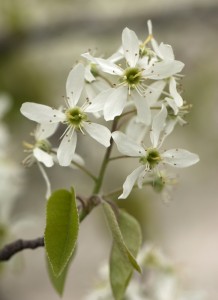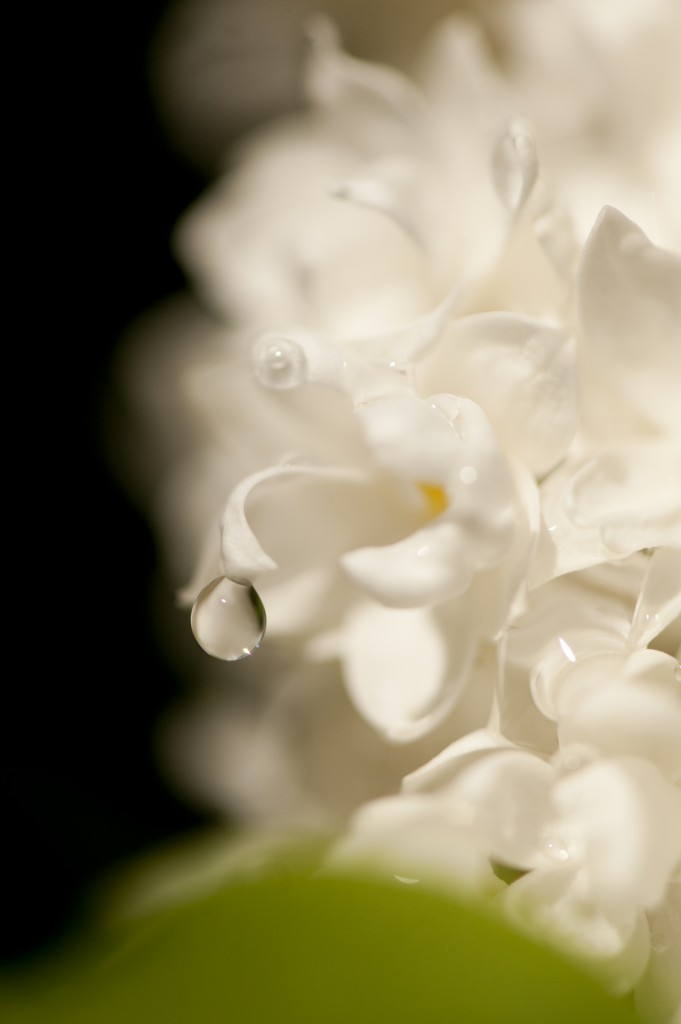Inside The New York Botanical Garden
Archive: April 25, 2012
Posted in From the Library on April 25 2012, by Matt Newman
 Not many can recall the Liverpool Botanic Gardens. Though its glasshouse and extensive collection of orchids saw thousands of visitors pass through in the early decades of their existence, the middle years of the twentieth century were not kind. After over a century of high regard, the 1930s and ’40s brought the second World War, along with an errant German bomb that destroyed much of the botanic glasshouse and its contents. A decade-long effort to rebuild the architecture on a post-war budget proved shoddy, and within 15 years the replacement structure had fallen into disrepair. By the rapid decline of the 1970s, the glasshouse’s rotting wooden framework and broken glass panes had become emblematic of Liverpool’s floundering economy.
Not many can recall the Liverpool Botanic Gardens. Though its glasshouse and extensive collection of orchids saw thousands of visitors pass through in the early decades of their existence, the middle years of the twentieth century were not kind. After over a century of high regard, the 1930s and ’40s brought the second World War, along with an errant German bomb that destroyed much of the botanic glasshouse and its contents. A decade-long effort to rebuild the architecture on a post-war budget proved shoddy, and within 15 years the replacement structure had fallen into disrepair. By the rapid decline of the 1970s, the glasshouse’s rotting wooden framework and broken glass panes had become emblematic of Liverpool’s floundering economy.
The Gardens closed without ceremony in 1984. With an unresolved labor dispute muddying the ground between the city council and the botanical workforce, Liverpool’s decision to shutter the space was labeled an act of political spite. What remained of the LBG’s extensive plant collection–now orphaned–was moved off-grounds. And, to some, the untold beauty and presence of a world-renowned paradise of exotic plants was lost to time.
Read More
Posted in Adult Education, Learning Experiences on April 25 2012, by Joyce Newman
Joyce H. Newman is the editor of Consumer Reports’ GreenerChoices.org, and has been a Garden Tour Guide with The New York Botanical Garden for the past six years.
 One of the most wonderful native trees in our area is the Shadbush (Amelanchier arborea), which is sometimes called the Serviceberry, Shadblow or Juneberry tree. It’s an all-season beauty, especially in a natural landscape setting, and just one of the many native plants you can learn about in the upcoming class, Gardening with Native Plants.
One of the most wonderful native trees in our area is the Shadbush (Amelanchier arborea), which is sometimes called the Serviceberry, Shadblow or Juneberry tree. It’s an all-season beauty, especially in a natural landscape setting, and just one of the many native plants you can learn about in the upcoming class, Gardening with Native Plants.
The small tree features lovely grey bark and showy flowers, as well as terrific berries for pies and gorgeous fall color. But equally beautiful are the stories and folktales that have been associated with this tree for hundreds of years.
One story is that the first settlers in the New England area often planned funeral services at the same time that the tree bloomed. Its blooming was a sign that the ground had thawed sufficiently to be able to dig graves. So the tree became known as the ‘serviceberry tree.’
Read More
Posted in Around the Garden, Photography on April 25 2012, by Matt Newman
I do believe I already mentioned how spectacular the lilacs are doing right now, up to and including those that aren’t quite “lilac” in color. But a reminder doesn’t hurt.
These columnar French jewels will put you in an aromatic trance.

Syringa vulgaris ‘Mme Lemoine’ — Photo by Ivo M. Vermeulen
 Not many can recall the Liverpool Botanic Gardens. Though its glasshouse and extensive collection of orchids saw thousands of visitors pass through in the early decades of their existence, the middle years of the twentieth century were not kind. After over a century of high regard, the 1930s and ’40s brought the second World War, along with an errant German bomb that destroyed much of the botanic glasshouse and its contents. A decade-long effort to rebuild the architecture on a post-war budget proved shoddy, and within 15 years the replacement structure had fallen into disrepair. By the rapid decline of the 1970s, the glasshouse’s rotting wooden framework and broken glass panes had become emblematic of Liverpool’s floundering economy.
Not many can recall the Liverpool Botanic Gardens. Though its glasshouse and extensive collection of orchids saw thousands of visitors pass through in the early decades of their existence, the middle years of the twentieth century were not kind. After over a century of high regard, the 1930s and ’40s brought the second World War, along with an errant German bomb that destroyed much of the botanic glasshouse and its contents. A decade-long effort to rebuild the architecture on a post-war budget proved shoddy, and within 15 years the replacement structure had fallen into disrepair. By the rapid decline of the 1970s, the glasshouse’s rotting wooden framework and broken glass panes had become emblematic of Liverpool’s floundering economy.

